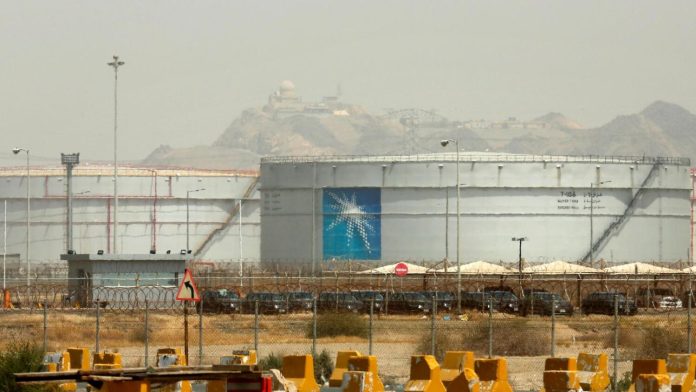Oil prices surged to their highest levels in over six months, poised to end a two-week streak of losses. This rally was driven by growing expectations of tightening oil supplies.
It is widely anticipated that Saudi Arabia will extend its voluntary 1 million barrel per day (bpd) oil production cut into October. This move extends the supply constraints orchestrated by the Organization of the Petroleum Exporting Countries (OPEC) and its allies, collectively known as OPEC+, with the aim of supporting oil prices.
Russia, the world’s second-largest oil exporter, has already agreed to reduce oil exports next month in cooperation with OPEC+ partners, as confirmed by Deputy Prime Minister Alexander Novak on Thursday.
As of 11:18 am EDT (1518 GMT), Brent crude oil had risen by $1.25, equivalent to a 1.4% increase, reaching $88.08 per barrel. At its peak during the session, it reached $88.42 per barrel, marking the highest level since January 27.
US West Texas Intermediate crude (WTI) also experienced a $1.39 increase, roughly 1.7%, reaching $85.02 per barrel. It reached as high as $85.39, a level not seen since November 17. Brent has seen a weekly gain of about 4.2%, while WTI has surged by 6.5%.
Analyst Phil Flynn from Price Futures Group pointed out, “There is a realization that the economy is not falling off the map, and signs indicate that demand is near record highs. People have to face the cold, hard reality that supplies are below average.”
The appetite for oil in the United States remains strong, with commercial crude inventories declining in five of the past six weeks, according to surveys conducted by the US Energy Information Administration.
A closely monitored US report on Friday also revealed an increase in the unemployment rate and a moderation in wage growth, reinforcing expectations of a pause in interest rate hikes.
Meanwhile, there are growing expectations for a demand recovery in other parts of the world. Eurozone manufacturing showed signs of improvement last month, suggesting that the worst may be over for the region’s struggling factories. Additionally, an unexpected rebound in China’s economy provided some hope for export-dependent nations, as indicated by private surveys.
Both OPEC and the International Energy Agency are relying on China, the world’s largest oil importer, to support oil demand throughout the remainder of 2023. However, concerns persist about the slow recovery of the Chinese economy, keeping investors cautious.



